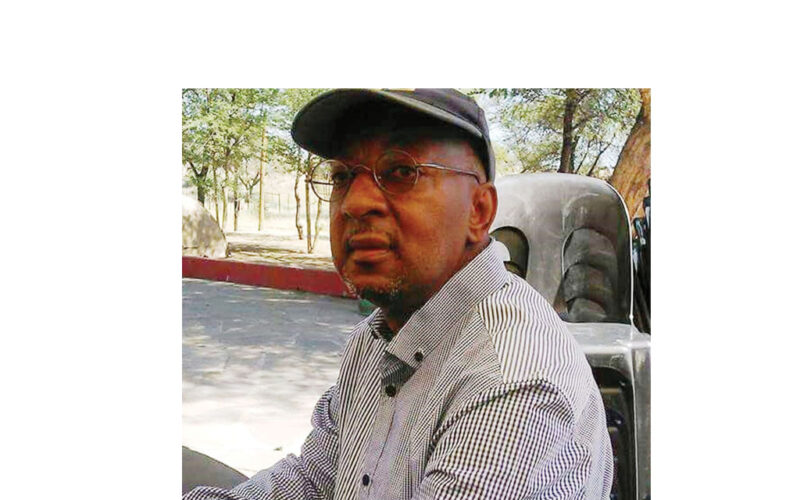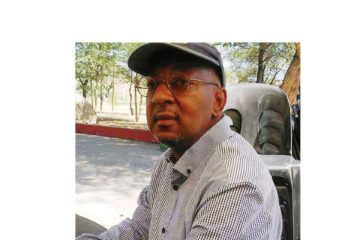Kae Matundu-Tjiparuro
REALISTICALLY, the road towards reparations is a long and hard one because the immediate task now staring the Ovaherero, Ovambanderu and Nama in the face is getting the campaign back on track following its attempted derailment by both the Namibian government and its German counterpart.
With the Joint Declaration (JD), which was made in 2021 after what seemed like ten years of negotiations on reparations, the two governments have come up with nothing more than a bilateral aid package. This, by the standards of genocide and subsequent reparations, cannot and will never come closer to being defined and accepted as reparations. Other than that, the Joint Declaration represents a continuation of the assistance that the German government has been providing to Namibia. This assistance is primarily provided to Germans of Namibian descent. Germany has a vested interest in maintaining political, economic, and racial stability in Namibia to prevent any potential impact on Namibians of German descent. As this aid package has been proven, it has barely been intended for the Ovaherero, Ovambanderu and Nama communities, which are communities of the descendants of the survivors of the genocide committed against these communities by Imperial Germany. It is apparent that Germany must have somehow realised that its development assistance has barely been reaching the affected communities; hence the Joint Declaration. This is not the first time Germany has provided development assistance to Namibia through the Special Initiative, which, to date, has not demonstrated any significant progress in rebuilding and empowering the communities of the descendants.
This must be a valuable lesson for these communities and their leaders who have been agitating for reparations. Reparations towards what end? Because as of now the focus seems to have entirely been, and rightly so, on advocating first for reparations before ultimately thinking and/or deciding to what end and purpose reparations funds shall be applied once realised, finally, one day, whenever, even if in 100 years from now.
Yours Truly Ideologically is of the strong conviction that the time is now for the reparations movement to start envisioning, if only ideologically, what to do with reparations if realised one day. It may be taken for granted that reparations are what they mean, to repair, whatever such may entail ideologically, if there is any ideological underpinning to it that has not been obvious in the reparations rhetoric of the movement.
Psychological and social assistance, restitution of land, property and employment, affirmative action such as community colleges, new schools and housing projects, as well as symbolic reparations like memorials, are amongst the reparations aspects envisioned by a paper by some descendants. Agricultural and infrastructural development, livestock replenishment, restoration of integrity, which entails the establishment of museums, and the establishment of hospitals, clinics and health centres are yet other projects envisioned by yet another section of the reparations movement. Good and well for such envisioning, but what is the ideology underpinning whatever is envisaged?
It goes without saying that the near annihilation of the affected communities has devastated them. Most of the communities of the Ovambanderu, Ovaherero and Nama are economically, socially and culturally, if not also religiously, in ruins and thus in need of reconstructing from the debris that such communities had been reduced to and subjected to for over a hundred years of colonialism. A situation in which, to a large if not greater degree, they still find themselves. All of the projects enumerated above ordinarily are, must be, and should be the obligation of the Namibian government.
With reparations whenever and when realised, supplementing the government’s programmes in this regard. Building and reconstructing the affected communities from their colonial genocidal ruins, however, requires an ideological vision and not just the mere quest for reparations. This ideology envisions communities that are communalistic and egalitarian in nature. Meaning communes of some sort, especially in the rural and remote areas inhabited by the descendants. As opposed to palliative measures, which are there to only alleviate poverty but reconstructing such communities on a communalistic foundation. Instead of imposing and subjecting these communities to capitalistic projects, they would be mainstreamed into the current capitalist mode of production. Which would subsume them into capitalism, leaving their skewed structure intact, thereby perpetuating structurally skewed capitalist communities.
Those driving the reparations movement must take a cue from Namibia’s transition from a colonial capitalist economy to the current neo-colonial capitalist economy because the mothers and fathers of Namibian independence were blinded by the African independence and liberation dictum of first seeking political freedom. To this day, almost sixty years of independence have not been accompanied by economic freedom. Likewise, the quest for reparations, just as it is and has been the case with Namibian independence, as it is with African independence, will prove futile, as has been proven, unless paralleled with and underpinned by an ideology of communalism.



